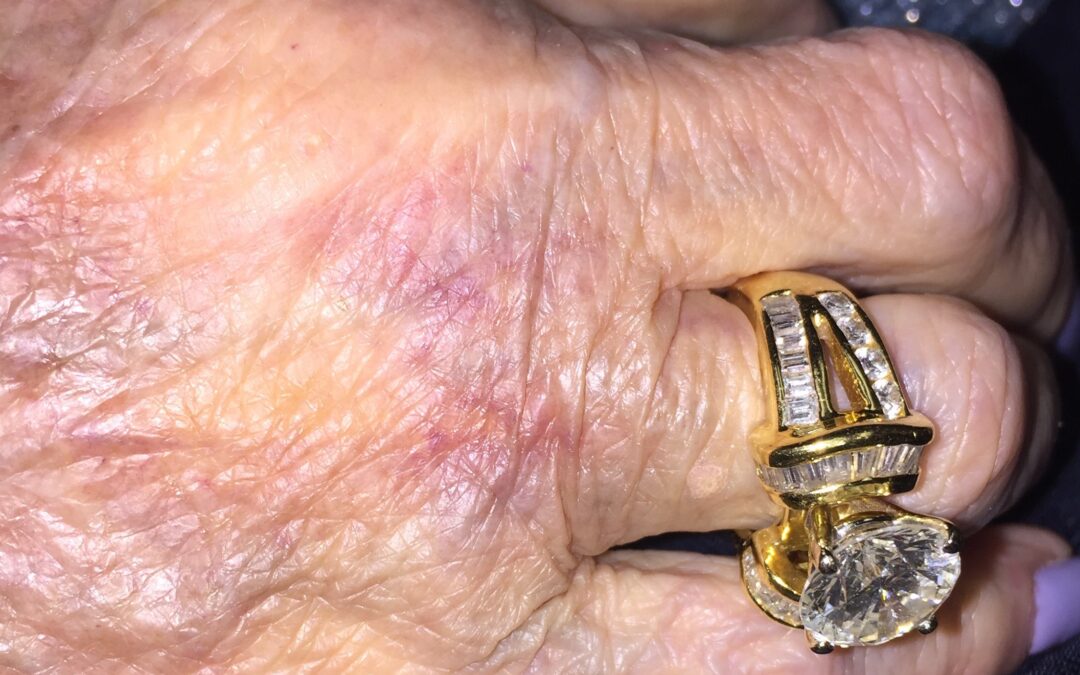Chu and colleagues have published a wonderful article in Advances in Skin & Wound Care, High-Quality Dietary Protein: The Key to Healthy Granulation Tissue – available open access. It contains a wealth of scientific and practical information emphasizing that high-quality dietary protein is essential for collagen synthesis and that healthy granulation tissue relies on adequate calories and nutrients.
I am ashamed that it took 30 years for me to understand and incorporate a focus on nutrition. I started using the Nestle Mini Nutritional Assessment and realized that I was missing malnutrition in a lot of patients. Then I started checking Vitamin D-25 levels and found that that it was low in nearly everyone with a non-healing wound. Then I started handing patients samples of L-arginine supplements. I required all patients to pick one of the two major options (Abbott’s Juven or Nestle’s Argenaid) for at least a month and if they couldn’t afford it, I worked hard to get product donated to them. To say that these simple things revolutionized my practice is an understatement. I have written a lot about my experience on this blog.
It became apparent that a lot of my patients – most of them affluent – were slowly starving to death under the watchful eye of their families. Two karat diamond rings were falling off skeletal fingers. I also realized that I needed to pay attention to calorie and protein intake in my own beautiful Mom who it turned out, was having to buy smaller clothing sizes. I started doing something else which I never thought I would do – I started taking dietary histories! I had patients write down what they ate at each meal for one week and then bring it to me. I sat down with them and did a quick assessment of the calories and protein in the list.
Here’s an example of the typical food diary for an elderly patient with a chronic wound:
- Breakfast: Danish pasty and coffee
- Lunch: soup and half a ham sandwich
- Snack: cookies
- Dinner: salad and some ice cream
You can see that there’s very little protein in a day like that! So, if the patient was not a diabetic and needed to gain some weight, I started asking whether they would eat peanut butter and jelly sandwiches, eat cheese and crackers instead of cookies, and make a milkshake with protein powder or a protein drink. I sat down with my mom and we calculated the protein content in her typical day. All I did was “Google” the protein in each thing she ate, but table 3 of the Chu paper has a guide to the protein content of various foods. As it turned out, my mom was doing great in terms of protein (we set a goal of 65 grams a day) – which may be why she does not have a problem with wound healing! She just needed a few more calories.
I had to come up with a simple and implementable way to incorporate nutrition into my practice. The Nestle MNA was a huge help because it’s quick and easy to administer and gets a number you can act on.
Screening wound care patients with a tool like the MNA is a CMS approved quality measure reportable under MIPS.
Read the paper by Chu and colleagues, and then decide how to do a better job screening for and addressing nutritional issues among patients with chronic wounds.
Additional Reading:

Dr. Fife is a world renowned wound care physician dedicated to improving patient outcomes through quality driven care. Please visit my blog at CarolineFifeMD.com and my Youtube channel at https://www.youtube.com/c/carolinefifemd/videos
The opinions, comments, and content expressed or implied in my statements are solely my own and do not necessarily reflect the position or views of Intellicure or any of the boards on which I serve.



